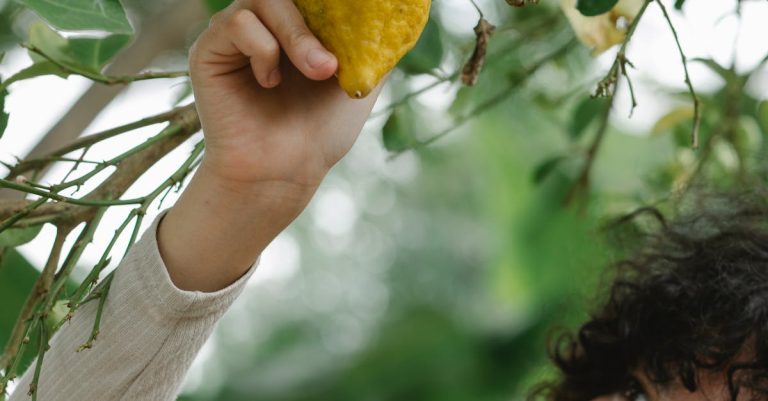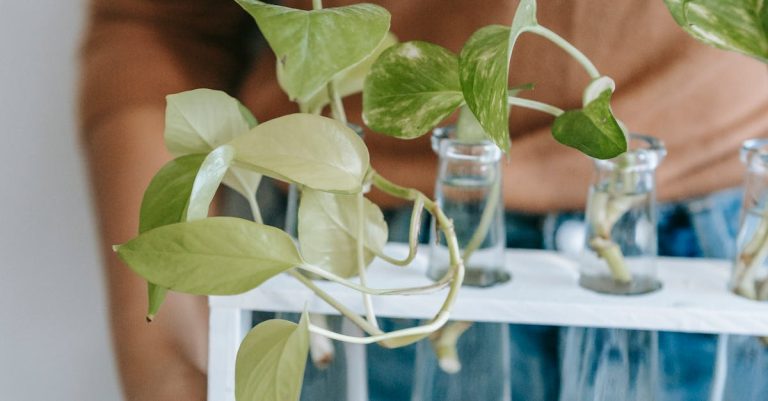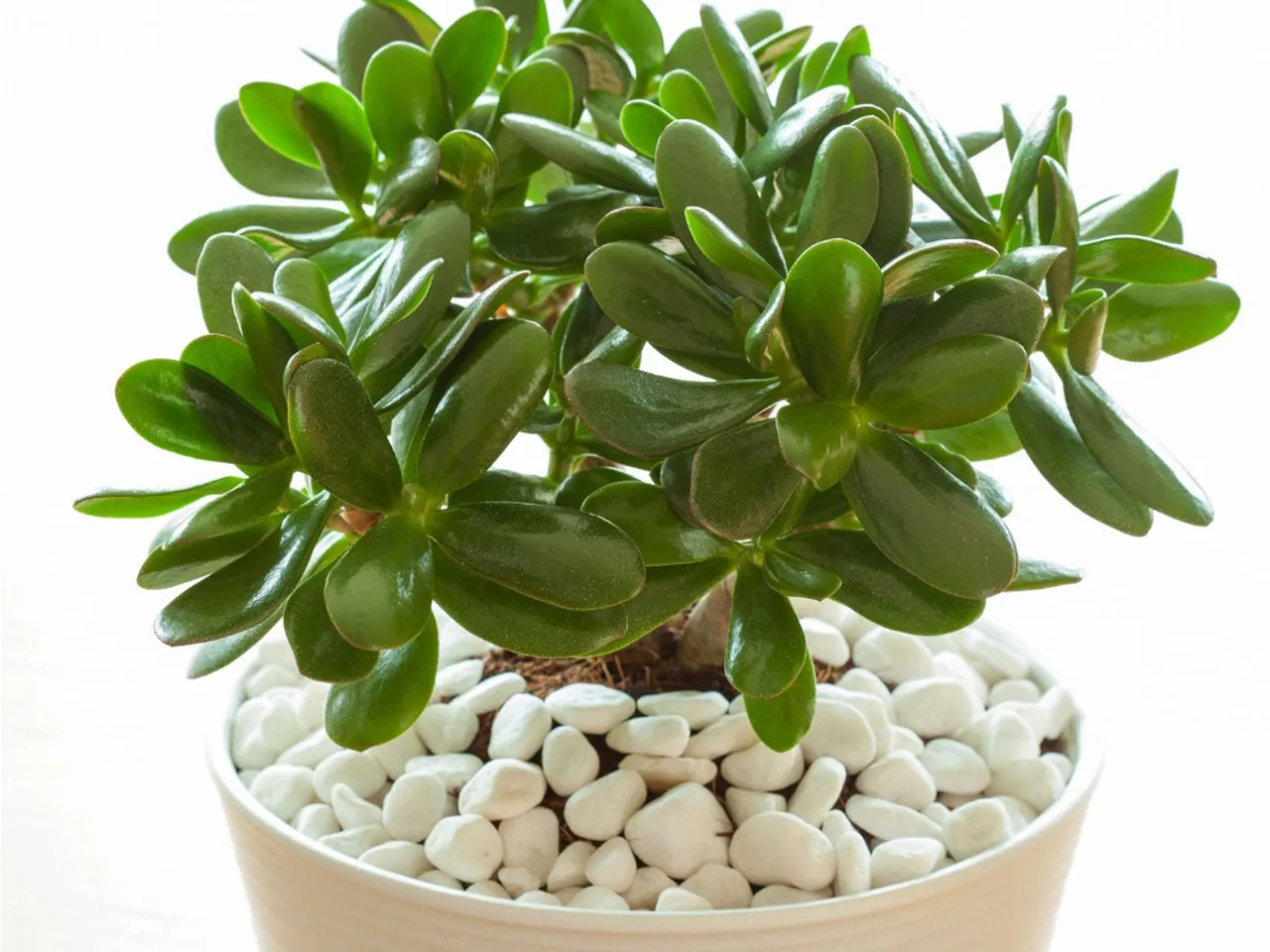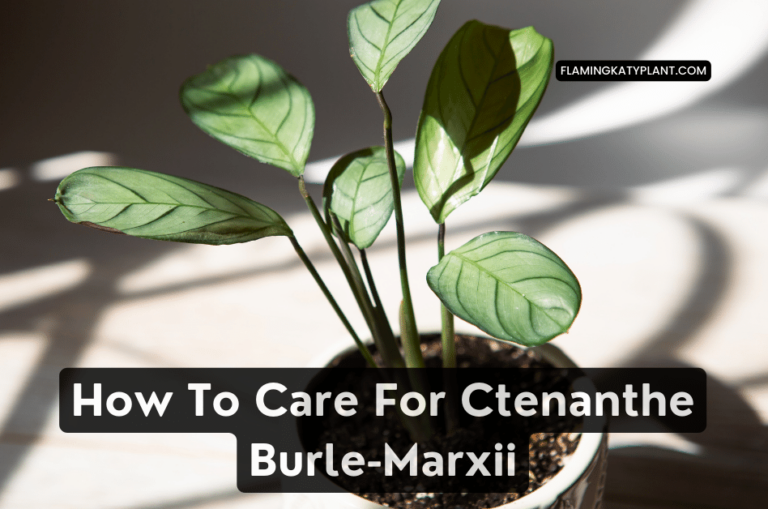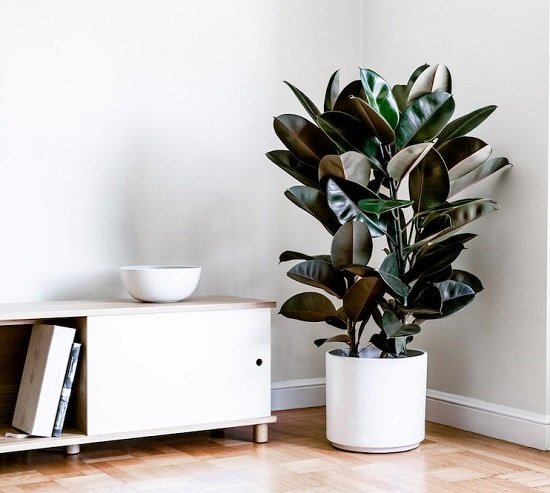How to Identify and Control Houseplant Pests
Houseplants add beauty and life to our indoor spaces, but unfortunately, they can also attract unwanted guests. Houseplant pests are small insects or mites that infest indoor plants, causing damage and hindering their growth. These pests can vary from tiny aphids to pesky spider mites, and they thrive in the warm and controlled environment of our homes. Identifying and controlling houseplant pests is crucial to maintain healthy and thriving indoor plants.
Houseplant pests have been a nuisance to gardeners for centuries. In the mid-1800s, indoor plant cultivation became popular, introducing a new set of challenges for plant enthusiasts. Initially, gardeners relied on traditional techniques like manually removing pests, washing leaves, or applying substances like soaps and oils. However, as the understanding of plant pests grew, more targeted and effective control methods were developed.
Today, the significance of identifying and controlling houseplant pests has only increased. With the rise of urban gardening and the popularity of indoor plants, more people are experiencing the frustration of dealing with these tiny invaders. In fact, according to a survey conducted by the National Gardening Association, over 70% of indoor gardeners have faced issues related to pests on their houseplants.
One compelling solution to controlling houseplant pests is biological control. This method involves introducing natural enemies of the pests, such as beneficial insects or predatory mites, to the affected plants. These beneficial organisms help in reducing pest populations to a manageable level without the need for harmful chemicals. This approach not only provides a more eco-friendly alternative but also helps maintain a balanced ecosystem within our homes.
Additionally, an alarming statistic related to houseplant pests is that a single female aphid can produce as many as 12 offspring per day. This rapid reproduction rate highlights the urgency of identifying and controlling these pests promptly. Ignoring the early signs of infestation can lead to a significant pest population explosion, causing irreversible damage to our beloved houseplants.
To successfully identify and control houseplant pests, it is essential to closely inspect plants on a regular basis. Look for signs like yellowing leaves, distorted growth, sticky residue on leaves, or tiny insects crawling on the plants. Understanding the specific pest and its life cycle will help in selecting the appropriate control measures.
In conclusion, identifying and controlling houseplant pests is crucial to ensure the health and longevity of our indoor plants. With the increasing popularity of indoor gardening, the need for effective pest management solutions has become more important than ever. By employing techniques like biological control and closely monitoring our plants, we can minimize the impact of these pests and enjoy thriving indoor greenery.
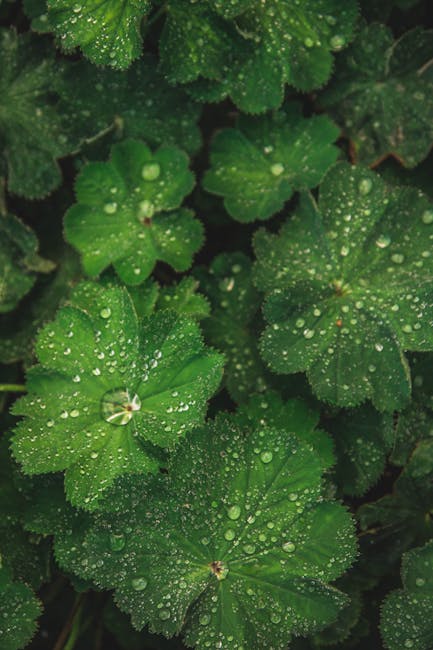
What are the Effective Methods to Identify and Control Houseplant Pests?
In this article, we will discuss how to identify and control houseplant pests, providing you with the necessary knowledge and strategies to protect your indoor plants from infestation. Houseplant pests are small insects or mites that can damage the health and appearance of your plants. It is essential to quickly identify and address these pests to prevent further damage and keep your houseplants thriving. By understanding the signs of infestation and implementing effective pest control methods, you can ensure the well-being of your indoor greenery. Let’s delve into the details of identifying and controlling houseplant pests for a pest-free plant paradise!
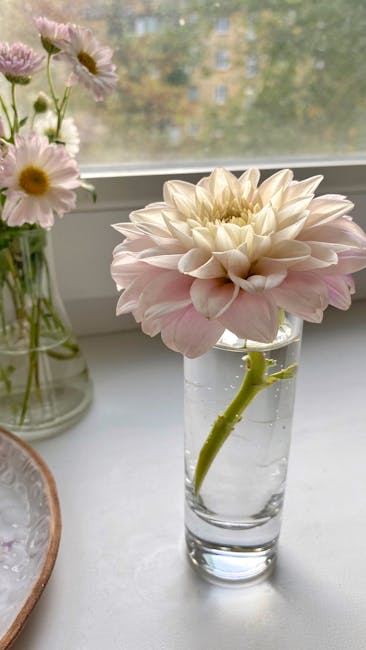
How to Identify and Control Houseplant Pests
Houseplants not only add beauty and a touch of greenery to our homes but also help improve indoor air quality. However, like any living organism, houseplants are susceptible to various pests that can cause damage and hinder their growth. If you’re a plant lover, it’s essential to be able to identify and control common houseplant pests to ensure the health and beauty of your indoor garden.
1. Aphids
Aphids are tiny insects that feed on the sap of houseplants, causing wilting, yellowing, and distorted leaves. These pests can multiply rapidly, so it’s crucial to take action as soon as you spot them. To control aphids:
- Isolate the infested plant to prevent the aphids from spreading to other plants.
- Remove the insects manually using a cotton swab dipped in soapy water.
- Introduce natural predators like ladybugs or lacewings to help keep aphid populations in check.
2. Spider Mites
Spider mites are tiny pests that often go unnoticed until their infestation becomes severe. They feed on houseplants by sucking the plant’s fluids, causing yellow speckling on leaves and fine webbing. To control spider mites:
- Regularly mist the leaves with water to increase humidity, as spider mites thrive in dry conditions.
- Wipe the leaves with a damp cloth to remove mites and their webs.
- Apply insecticidal soap or neem oil to kill the mites effectively.
3. Mealybugs
Mealybugs are small, white, cotton-like insects that cluster on the leaves and stems of houseplants. They suck sap from the plant, causing yellowing and stunted growth. To control mealybugs:
- Remove the mealybugs manually using a cotton swab dipped in rubbing alcohol.
- Mix water and liquid dish soap to create a solution, then spray it onto the plant to kill the pests.
- Consider introducing natural predators like parasitic wasps or ladybugs to control mealybug infestations.
Remember, prevention is better than cure when it comes to houseplant pests. Regularly inspect your plants, provide optimal growing conditions, and practice good hygiene by keeping your plants clean and free from dust. By doing so, you can significantly reduce the risk of pests infesting your beloved houseplants.
According to a study, approximately 90% of indoor plants are infested with at least one type of pest, emphasizing the importance of proper pest identification and control.
-
How do I know if my houseplants have pests?
Look for signs such as yellowing or distorted leaves, webs, tiny moving insects, or sticky residue on the leaves.
-
What are some common houseplant pests?
Common houseplant pests include aphids, spider mites, whiteflies, mealybugs, and scale insects.
-
How can I prevent houseplant pests?
Regularly inspect your plants, keep them clean and dust-free, isolate new plants, and avoid overwatering or overcrowding.
-
How do I get rid of houseplant pests?
Try natural remedies like neem oil, insecticidal soaps, or a mixture of water and dish soap. For severe infestations, you might need to use chemical insecticides.
-
Can I use homemade remedies to control houseplant pests?
Yes, you can try using solutions like vinegar, rubbing alcohol, or garlic water to control pests. However, be cautious of any potential harm to your plants.
-
Will pruning affected leaves help remove pests?
Pruning affected leaves can help remove pests, but it’s more effective when combined with other control methods such as spraying insecticidal soaps or systemic insecticides.
-
Can houseplant pests spread to other plants?
Yes, houseplant pests can spread to other plants. Isolating infested plants and regularly inspecting nearby plants can help prevent the spread.
-
Are there any natural predators that can help control houseplant pests?
Ladybugs, lacewings, and predatory mites are some natural predators that can help control houseplant pests. Introducing these predators can be an effective biological control method.
-
How often should I check my plants for pests?
Regularly inspect your plants at least once a week to catch any pest problems early on and prevent them from spreading.
-
What should I do if my houseplant is heavily infested?
If your houseplant is heavily infested, you may need to consider disposing of the plant to prevent the infestation from spreading to other plants.
Conclusion
In conclusion, identifying and controlling houseplant pests is crucial for maintaining the health and vitality of your indoor plants. By closely inspecting your plants on a regular basis, you can quickly detect the presence of pests and take necessary actions to prevent their spread. It is important to remember that different pests require different control methods, so understanding the specific pest affecting your plant is essential in selecting the most effective treatment. Additionally, implementing preventive measures such as proper plant care, good hygiene, and quarantine procedures can significantly reduce the chances of pest infestation.
Throughout this article, we discussed various common houseplant pests, their identification characteristics, and the damage they can cause to your plants. We explored different control methods, including natural remedies, insecticides, and biological control options such as beneficial insects, to help you combat these pests effectively. Furthermore, we emphasized the importance of early detection and intervention to prevent severe infestation and irreversible damages. By following the suggested strategies and being proactive in pest management, you can ensure that your houseplants thrive in a healthy and pest-free environment. So, be vigilant, take timely action, and enjoy the beauty and benefits of your flourishing indoor garden.


